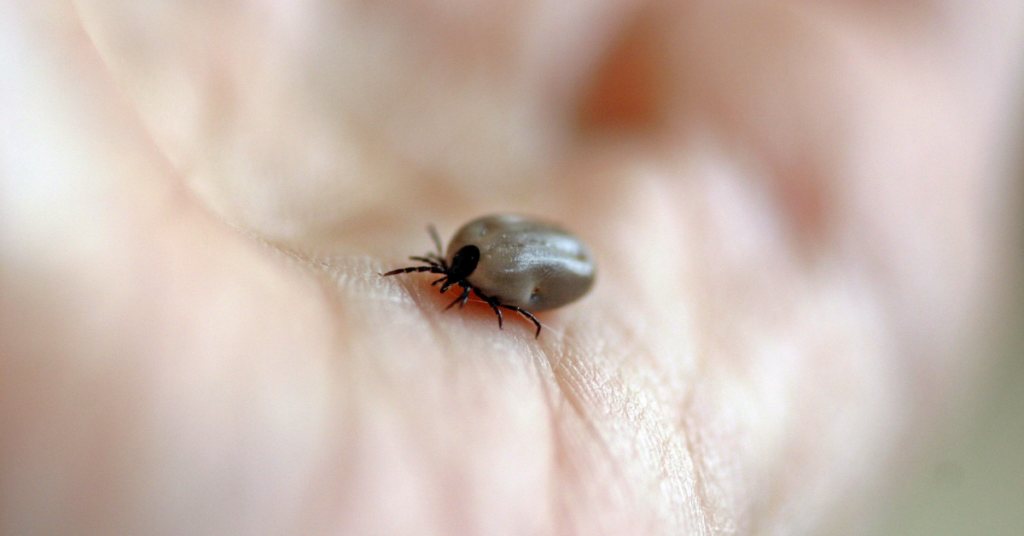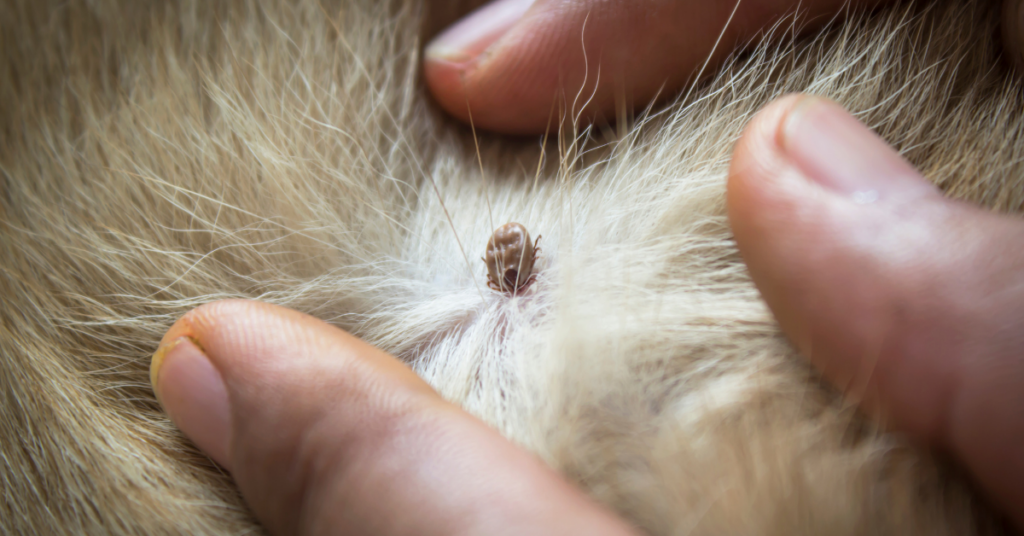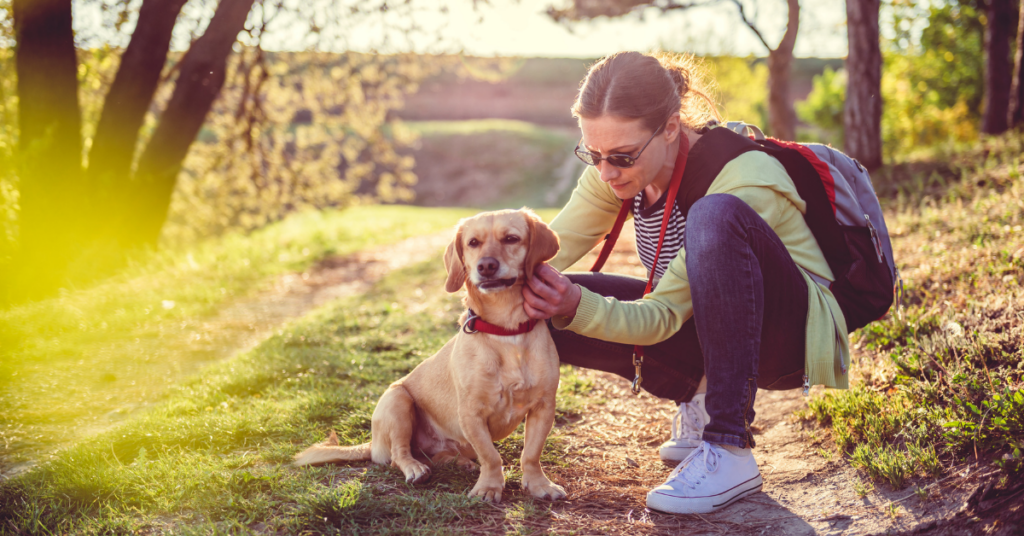How to Treat Tick Bites on Dogs
Tick bites on dogs can be quite frankly “yucky”, but are important to treat correctly.
A tick bite, aside from the apparent “yucky” component, can transfer infections, induce anemia or infection, and even cause “tick paralysis” in dogs, which is an uncommon but deadly condition.
Know the basics of tick removal and prevention as a dog owner, and educate yourself on illness risks. You can both protect your dog against ticks and know how to deal with a bite if your dog gets one if you have the right information.
How Can a Dog Get a Tick Bite

Ticks are unable to jump or fly, and can only crawl. They latch onto their host by hiding in the vegetation’s tips. When a dog or someone brushes up against a shrub, for example, the tick latches on and creeps away to locate a bite.
Ticks carrying Lyme disease are more likely to be located in tall grasses, heavy brush, marshes, and wooded areas.
The deer tick is the most frequent tick that carries Lyme disease (also known as the black-legged tick).
They are distributed through the Midwest and eastern United States, as well as throughout Canada with the highest proportion in Ontario.
Ticks go through four phases of development: eggs, larvae, nymphs, and adults. A tick must feed on blood throughout its whole life cycle in order to develop.
A tick’s lifetime can range from months to years, depending on the species of ticks. Once a tick has been connected to a dog for 24 to 48 hours, it can spread the illness.
The disease was named after a series of occurrences in Lyme, Connecticut, in 1975. It is difficult to diagnose and can cause significant, long-term health issues in both dogs and people.
Signs of Tick Bites on Dogs

Ticks may usually be found by passing your fingers through your dog’s fur and noting any lumps or bumps. Ticks like to hide in cracks or regions where there isn’t much hair.
Check the soft, warm area around the cheeks, ears, and neck, as well as the limbs, especially the armpit and groin. A brown or black lump emerging from the skin may be easily seen on light-colored canines.
It’s possible that this is a feasting tick. Darker-colored dogs, on the other hand, may require a closer inspection for attached ticks or any scabs or sores left behind by the feasting culprit. If a tick has recently adhered, however, it may not be able to be removed.
Ticks do not all spread disease, and the presence of a tick on your dog does not always imply that he is diseased. Tick-borne infections, on the other hand, may be fatal, thus the threat of a bite should be regarded seriously.
Clinical signs of tick bites include:
- Brown or black bumps erupting from skin scabs or wounds, especially in hairless regions
- Fever
- Lethargy
- Weakness
- Swelling of the joints
- Anemia
- Clumsiness
Diagnosis of Tick Bites on Dogs

Lyme disease in dogs shows signs like lameness, inflamed joints, and fever. Other disorders, on the other hand, may induce the same symptoms.
A few blood tests can be utilized to confirm the diagnosis. The first is an antibody test, which your veterinarian may do using a particular test kit at the clinic.
This test looks for antibodies that have been produced as a result of exposure to the pathogen.
If the dog is sick but has not yet generated antibodies, or if it never generates enough antibodies to provide a positive result, a test might be mistakenly negative. It’s best to test no sooner than four weeks following a tick bite.
Other tests, such as polymerase chain reaction (PCR), ELISA (enzyme-linked immunosorbent assay), joint fluid analysis, and culture, can be performed with variable degrees of sensitivity, although they are less common.
To measure kidney function and search for protein loss in the urine, general blood and urine tests are frequently performed.
Treatment of Tick Bites on Dogs

Antibiotics are normally prescribed for at least 30 days. This usually relieves symptoms rapidly, although the infection may remain in certain patients, necessitating longer-term treatment.
Other therapies focused at resolving or alleviating specific symptoms may also be used as part of the treatment.
If you see a tick moving on your pet, it hasn’t eaten yet. Remove the tick as soon as possible and place it in rubbing alcohol or between two firm objects to crush it.
If you locate a tick on your dog, use fine tweezers or your fingernails to hold the tick near the dog’s skin and pull it straight out.
If you are hesitant or unable to remove the tick from your dog, see your veterinarian.
How to Prevent Tick Bites on Your Dog

If you live in a tick-infested area, check your dog every time you return inside from being outside, especially after romps in forested areas. Tick bites can also be prevented using a variety of monthly tick prevention pills for dogs.
Request that your veterinarian prescribe a tick preventative that is appropriate for your dog’s breed and age.
When to See a Veterinarian

If you find a tick on your dog, or if you notice signs on your dog such as lethargy, fever, or weakness, it’s best to visit your veterinarian as soon as possible.







